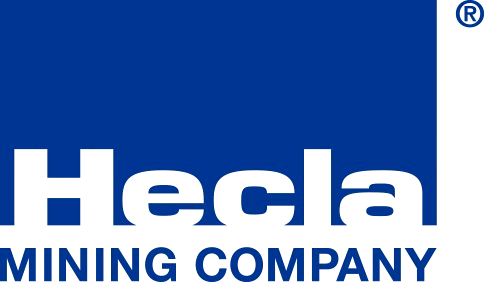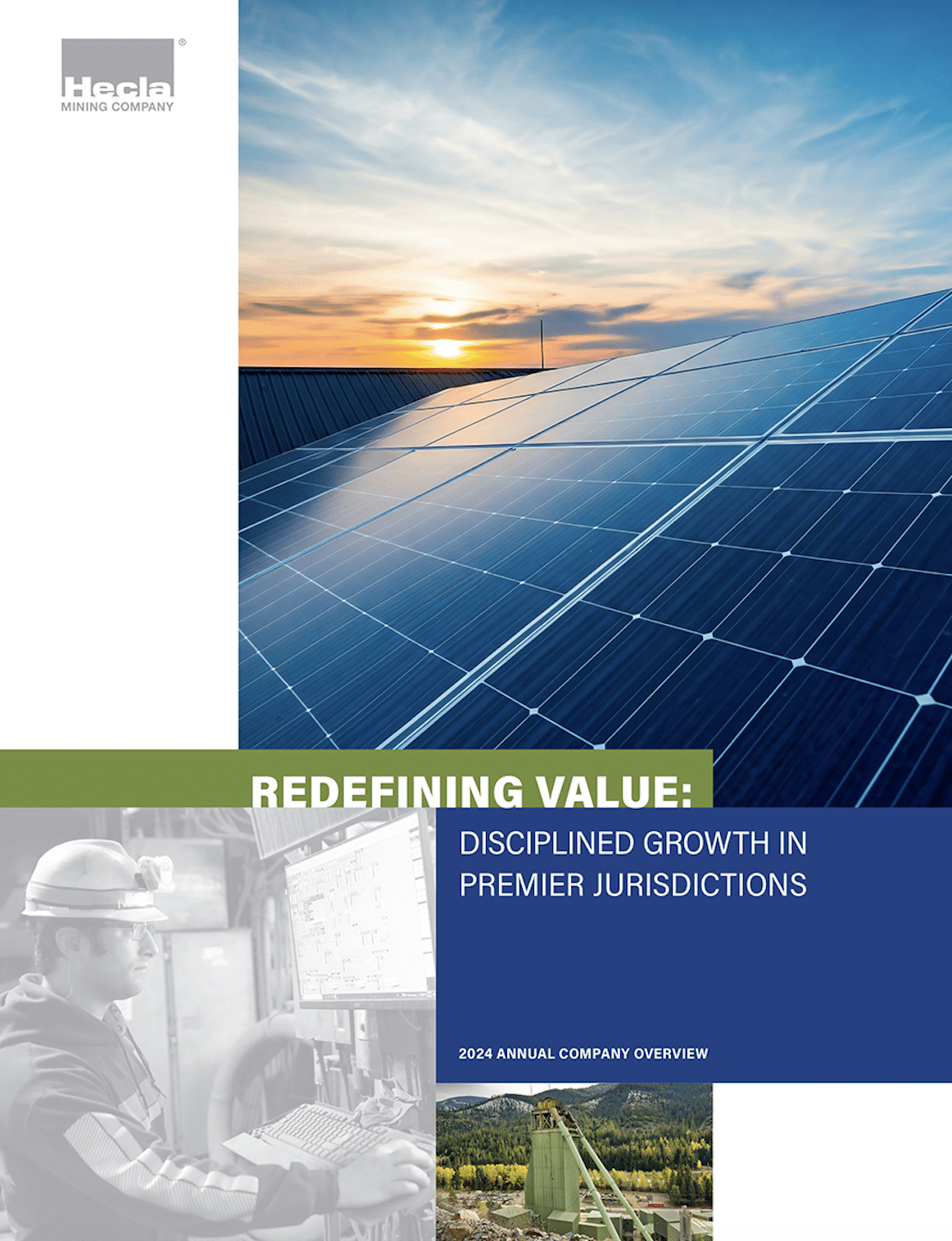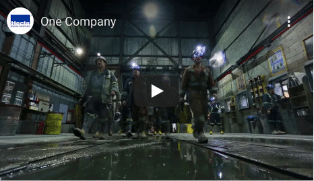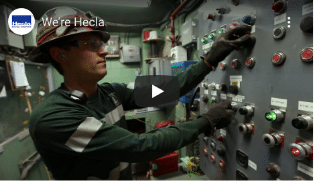Waste & Tailings Management
Hecla’s management of tailings follows international tailings standards and policies, while continually innovating to find feasible solutions.
We strive to reduce waste generation at all stages of the mining process. All sites have active programs for reuse, recycling, and recovery of hazardous and non-hazardous materials such as scrap metal, batteries, antifreeze, used oil, paints/solvents, and cardboard.
